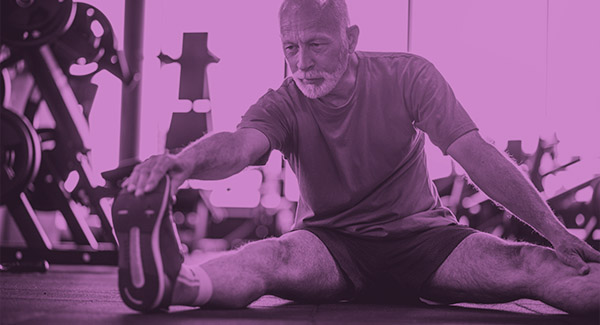Diffuse Idiopathic Skeletal Hyperostosis
DISH is a type of arthritis that affects the tendons and ligaments around your spine.
DISH, sometimes called Forestier disease, often doesn’t cause symptoms and is usually found when you have an imaging test for another problem. Some people have pain and stiffness in their back that may get worse over time.
DISH can bring stiffness, pain, and many unanswered questions. This article breaks down diagnosis, symptoms and care using solid medical research in clear terms. Your support ensures this dependable guidance stays free for everyone who needs it.
Symptoms
Many people with DISH don’t have symptoms. When symptoms occur, they may include:
- Stiffness that’s usually worse in the morning.
- Pain, especially in your neck or upper back (cervical or thoracic spine).
- Limited range of motion in your back.
- Hoarseness or trouble swallowing when nerves in your neck are compressed.
- Tingling or numbness in your legs from compressed nerves in your lower back.
- Possible paralysis from a compressed spinal cord.
Health Effects
Problems more serious than neck and back pain can develop. Bone spurs in the neck can put pressure on your esophagus, making it hard to swallow. They can also cause a hoarse voice or sleep apnea - a problem in which you snore and repeatedly stop breathing during sleep. DISH can also increase the risk of spinal fractures.
Causes
No one is quite sure what causes DISH. As with most diseases, it’s probably a combination of genetic, environmental, metabolic and possibly mechanical factors. You’re more likely to get DISH if you:
- Are male.
- Are over age 50.
- Have diabetes or another condition that raises your insulin levels, such as pre-diabetes or obesity.
- Have taken the acne medication, isotretinoin (Amnesteem, Claravis and others). Isotretinoin is a synthetic derivative of vitamin A. It’s not clear if natural vitamin A from food or supplements might also be a factor.
- Are a member of the Pima tribe.
- Have unusual spine anatomy.
- Repeatedly move or lift heavy objects, though this connection is controversial.
- None of these factors alone causes DISH. For example, simply taking isotretinoin won’t lead to bone spurs. But if you’re also a man who has diabetes and does heavy physical work, your odds of getting DISH are higher.
Diagnosis
Doctors generally diagnose DISH based on a thorough physical exam and imaging tests, such as x-rays, CT scans or MRIs. The same tests may also be done to rule out other problems with similar symptoms.
Treatments
DISH can’t be cured, but certain treatments can relieve symptoms and often stop the disease from getting worse.
- Exercise and physical therapy. These are essential for getting back pain under control and improving stiffness and range of motion. Swimming is especially beneficial because it provides a full body workout without the risk of injury.
- Heat. This can help relieve early-morning pain and stiffness.
- Weight and blood sugar control. Because DISH is often associated with obesity and diabetes, keeping your weight and blood sugar in a healthy range is key. Treating these conditions is the closest thing to a cure for DISH.
- Orthotics (special shoe inserts). These may make walking easier if you have bone spurs on your heels.
- Pain relievers. Acetaminophen and nonsteroidal anti-inflammatories (NSAIDs) like ibuprofen can be used when needed. If exercise and physical therapy don’t relieve severe pain, corticosteroid injections may be an option. The goal of injections is to help you get back to exercise.
- Surgery. This would only be considered in rare cases when bone spurs compress your spinal cord or affect your ability to swallow.
Learn more about the medications used to treat DISH at arthritis drug guide.
Self Care
Along with following doctor’s instructions, getting the proper amount of physical activity, and strengthening the muscles that support the spine, you can manage your condition in additional ways. Practicing healthy lifestyle habits will also help to improve your overall health and help you to manage your pain. Eat a nutritious and balanced diet that avoids sugary, fatty and processed foods. If you currently smoke, ask your doctor to help you quit. And manage your emotional and mental health so you can cope with the challenges of your condition. Self-management encompasses the choices made each day to live well and stay healthy.
People deserve clear answers without barriers. Your donation keeps this reliable medical resource free and easy to access for all.

Stay in the Know. Live in the Yes.
Get involved with the arthritis community. Tell us a little about yourself and, based on your interests, you’ll receive emails packed with the latest information and resources to live your best life and connect with others.


